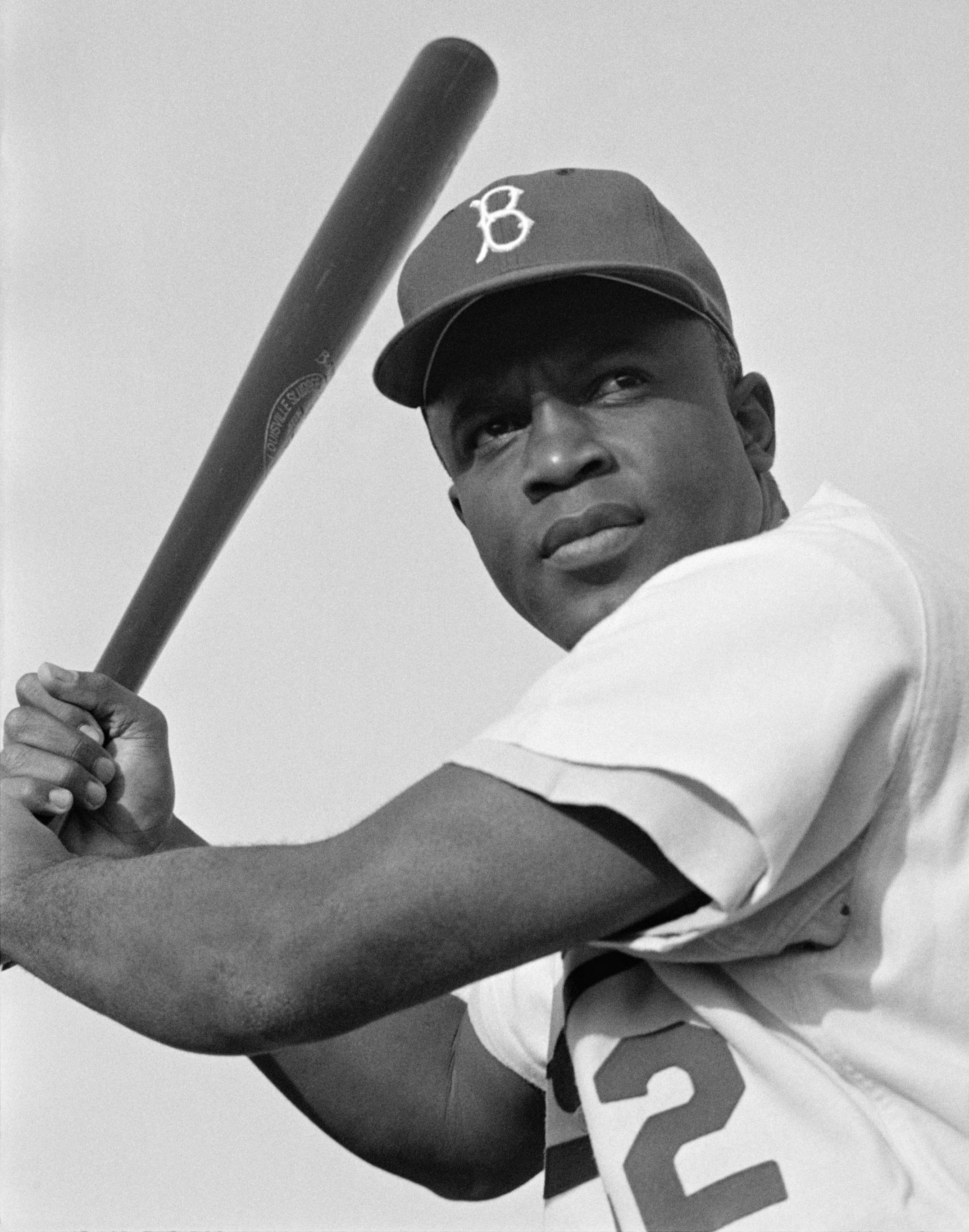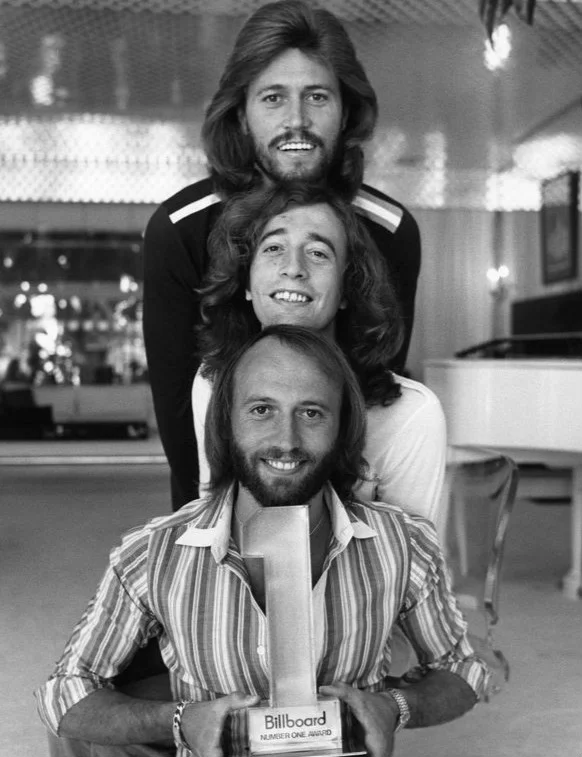Discovery vs. Orville: Where no one has gone before ... and back again
Stephen H. Provost
On stardate 1672.1, Captain Kirk was the victim of a transporter accident that split him into two distinct sides of himself. (Actually, this happened in 1966, in an episode of Star Trek called The Enemy Within.)
Flash forward 51 years, and the same thing has happened to Star Trek itself. It feels like the franchise has been caught in a transporter accident and split in two, with the result being one show that expands on the vision and scope of its predecessors, and another that has inherited many of the qualities that made it so much fun to watch.
This year's Star Trek: Discovery and The Orville are both descendants of Gene Roddenberry’s original series, a family of shows that has now evolved beyond next generation.
What’s happened to the Star Trek franchise is kind of like what happens to a rock band when the guitarist and singer have a falling out, and each starts a separate band that sounds a little (but not exactly) like the group they formed together. The result will be endless comparisons, with fans likely enjoying both but, at the same time, many wishing the guitarist and singer could just bury the hatchet and make music together the way they used to.
Now, imagine one of those bands returns to the studio and spends a ton of money recording an ambitious new rock opera, while the other goes out on tour, playing all the old hits and having a little fun at its own expense. The first band is Discovery, and the second is The Orville.
Four episodes in, I’m watching — and enjoying — both. But I’m also, if the truth be told, wishing for a reunion tour.
Discovery is the more focused of the two. So far, it’s zeroing in on a single character, the disgraced but brilliant Michael Burnham, and following a unified story arc that involves a nascent war between the United Federation of Planets and the Klingon Empire. Star Trek started using story arcs, to fine effect, during the 1990s with Deep Space Nine, but before that served up mostly self-contained episodes. It also became adept at introducing us to a large number of interesting regular and recurring characters — who we came to care about because each explored the nature of our own humanity in his or her own way.
Perhaps ironically, this is where The Orville has the advantage in the early going. We’re already painfully aware of the awkwardness between the captain and first officer, who've been through a painful divorce; of the challenges facing the super strong security chief in dealing with her youthful insecurity; and of the family dynamics involving a crew member, his same-sex spouse and their newly hatched (yes, hatched) child.
All very human and all very familiar. They can’t call Seth MacFarlane’s series Star Trek, because CBS owns the rights to that name. But Brannon Braga, who’s created or developed several corners of Roddenberry’s universe, is an executive producer, and the cast includes members who seem a whole lot like Worf and Data from The Next Generation.
Indeed, The Orville is more like that show than it is like Galaxy Quest — the comedic send-up that both spoofed and payed homage to the original — and the humor can be unevern (the sniping between Capt. Mercer and his ex, Cmdr. Grayson, has already started to wear thin). But at least there is humor, which can be hard to find — apart from the stray tribble or a, subdued one-liner — on Discovery. No incarnation of Star Trek has ever aspired to be a laugh-fest, but there’s always been enough humor to leaven the heady, ambitious storylines.
When it comes to special effects, Discovery is light years ahead of The Orville — although it’s odd how sophisticated the technology looks compared to that in the original series, which was filmed a half-century earlier but is supposed to take place a decade after Discovery. Unaccountably, Discovery’s sleek starship with its rotating saucer section looks like it belongs 100 years in Kirk and Spock’s future, not their past. (At least Enterprise, which was set before either series but filmed more than three decades after the original, was designed to look like a bridge between NASA and the Federation.)
The Orville’s sets look like throwbacks to Next Generation or the 1980s movies, even though it doesn’t (technically) even take place in the Star Trek universe — and isn’t therefore bound by any constraints of continuity. It’s not as impressive to look at, but neither are reruns of earlier Star Trek series — which are still just as much fun because of the stories they tell and the insights they provide into our own humanity.
I trust Discovery will delve into some of those insights. The most intriguing human relationship, between Burnham and Capt. Georgiou, was short-circuited by the latter’s death at the end of Episode 2. But the Discovery’s captain, Gabriel Lorca, shows signs of developing into an interesting, multi-faceted character and, given time, here’s hoping others in the crew do, as well. The large amount of time spent developing the Klingons has slowed things down a bit, especially considering the large amount of Klingon dialogue presented in subtitles — which may please Star Trek geeks but frustrate newer fans. (For the record, I’ve seen every episode of every Star Trek series; I don’t know whether that makes me a geek or not, but I still find the subtitles get in the way).
That’s a minor quibble, and I’m not complaining. Two heirs to the Star Trek television legacy are infinitely better than what we’ve had for more than a decade: zero. Still, I can’t help but hope each will learn a little something from the other.
That would make the future — imaginary, visionary or otherwise — even brighter.










